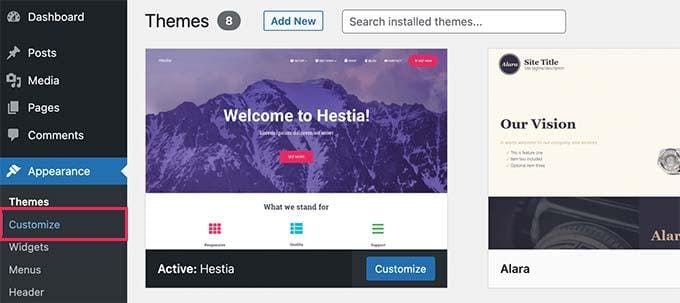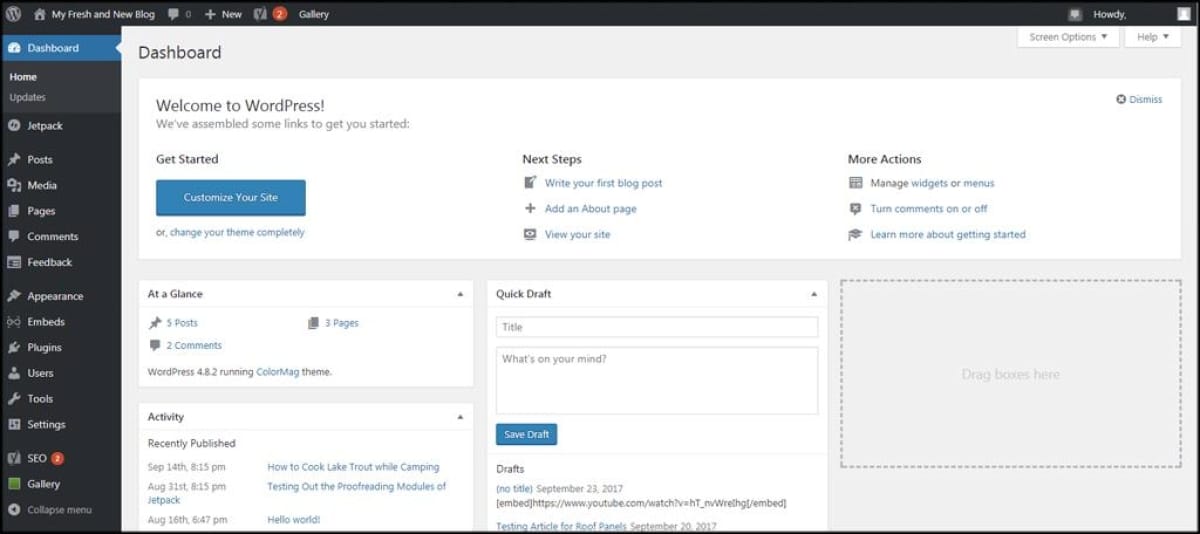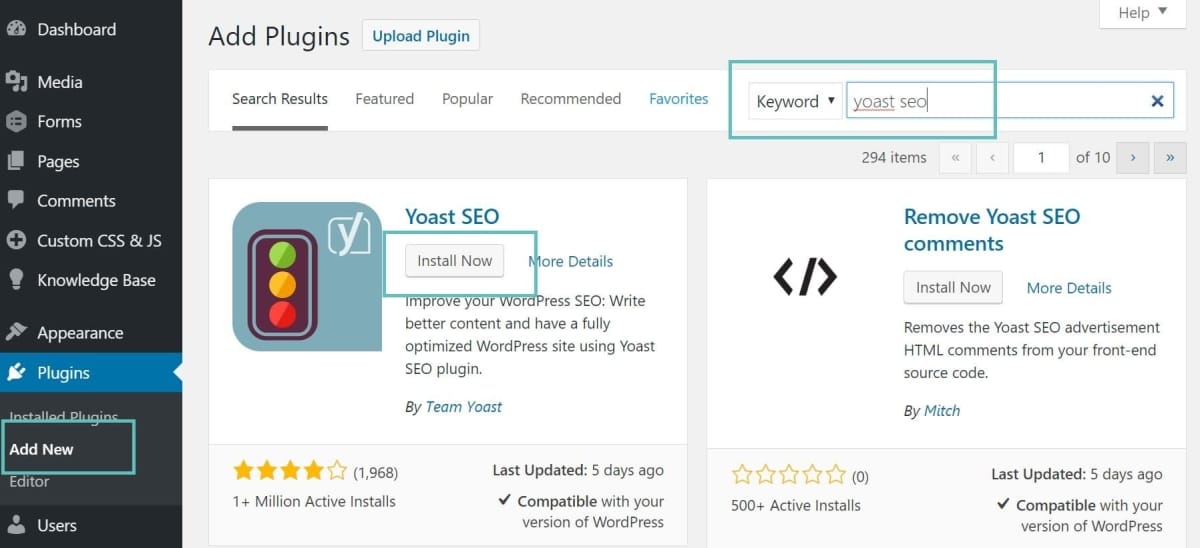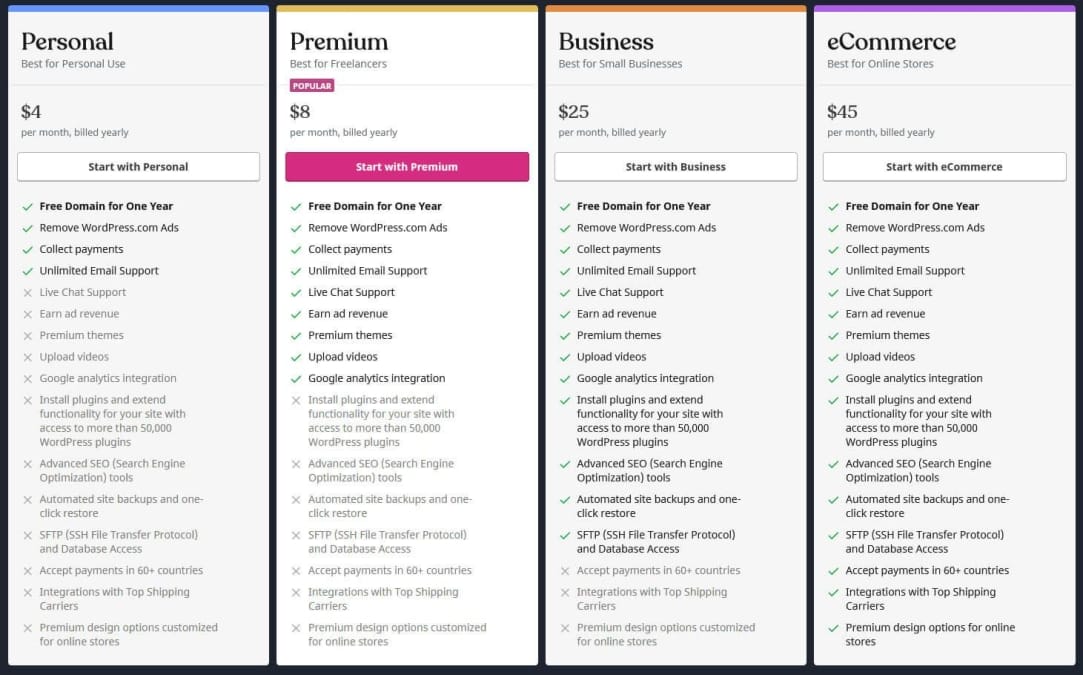Have you ever stumbled upon a website that just wowed you with its look and feel? maybe it’s that trendy blog you can’t stop reading or a business site that just gets you? If you’re anything like me, chances are you’ve thought, “What theme are they using? I’d love to have that for my own site!” Well, you’re in luck! In this article, we’re diving into some simple ways to uncover the WordPress theme behind that eye-catching site. Whether you want to revamp your own online space or just satisfy your curiosity, we’ve got the scoop to help you out. So, let’s get started on this little digital detective adventure!
Table of Contents
- Unraveling the mystery of wordpress Themes
- quick Ways to Spot a WordPress Site
- Tools to Discover that Sneaky Theme
- Digging Deeper: What If the Theme is Custom?
- Making the Most of Your Findings: Next Steps
- Q&A
- In Conclusion

unraveling the Mystery of WordPress Themes
When you stumble upon a website that catches your eye, especially one built on WordPress, you might find yourself wondering, “What theme are they using?” Figuring that out isn’t as hard as it sounds. WordPress themes make a website look good, and they help set the whole vibe. They’re like the outfit a site wears—some are casual, while others are decked out for a party.
There are several ways to get the scoop on a WordPress theme. Here’s a quick rundown of some methods you can try:
- Use a WordPress Theme Detector: Tools like WPDetector can reveal what themes are being used by scanning the website’s code.
- Check the Footer: Many WordPress themes mention their name in the footer. Just scroll down and see if there’s a copyright notice.
- Inspect the Source Code: Right-click on the webpage, click “Inspect,” and look for hints in the HTML. You might find links containing theme information.
Onc you’ve figured out what theme it is indeed, you might want to look at a few details. Remember, some themes are free, while others are premium. Here’s a simple comparison to help you decide if you want to grab that theme for your own site:
| Theme Type | Cost | Customization |
|---|---|---|
| Free Theme | $$$ | Limited Options |
| Premium Theme | $$$$ | Highly Customizable |
whether you go for a free option or splurge on something fancy, knowing the theme behind a website can definitely help you find inspiration for your own project. Each theme brings its unique flavor, and understanding them can be a fun way to learn more about web design. Just remember, the web is big, and there’s a perfect theme out there waiting for you!

Quick Ways to Spot a WordPress Site
Spotting a WordPress site can be as easy as pie, especially if you keep your eyes peeled for a few tell-tale signs. First off, check the URL. If you see wp-content or wp-admin in there, that’s a pretty solid indicator. These directories are classic giveaways that the site is powered by WordPress. You might also notice that many wordpress themes have unique styles or badges in the footer, so keep an eye out for those, too.
Another trick is to look at the page source. Just right-click on the page and select “View Page Source.” Once you’ve got it open, hit Ctrl + F and search for "wp-". This can lead you to scripts or links that belong to WordPress. If you spot any, it’s like finding the cherry on top of a sundae—definitive proof that you’re dealing with a WordPress site!
Don’t forget to check out the site’s theme.Some web pages will have a unique stylesheet that can be a dead giveaway. Again, since it’s all about those wp- identifiers, searching for "wp-content/themes/" in the page source can reveal the theme’s name. If you find that, you’re well on your way to identifying the style it’s using.
take a look at the plugins—they can also hint at the backend. If you browse the source and see references to popular plugins like WooCommerce or Yoast SEO, it’s a strong signal you’re on a WordPress site.You can also see how the website behaves; if it’s got that familiar layout with customizable features, it’s likely built on WordPress.Just a little digging and you’ll be a pro at spotting these sites in no time!

Tools to Discover That Sneaky theme
If you’re itching to find out what WordPress theme a site is using, there are some straightforward tools that can help you crack the code. First off, you can try out What WordPress Theme Is that.This website takes a quick peek at any URL you throw at it and spills the beans about the theme and plugins in use. Just pop in the site’s address, and voilà! You’ll get a neat summary of their setup.
Another handy option is WPThemeDetector.This tool dives deep and gives you not just the name of the theme but also details like the functions, the author, and even the plugins that site might be using. It’s like having a little detective tool right at your fingertips! Just enter the URL and watch as it assembles the puzzle pieces for you.
Sometimes, you might want to do some investigation on your own. If you’re familiar with inspecting web pages, open up the site and right-click anywhere on the page. Select “Inspect” or ”Inspect element” from the drop-down menu. This action opens up a panel that shows you the website’s code. From there, you can look for the theme info under the style.css file. Just keep an eye out for anything that looks like a theme name; it’s usually in a comment at the top of the file.
Lastly, don’t forget about your good ol’ friend, google. Simply typing in the name of the site along with “WordPress theme” can sometimes lead you right to the answer you’re looking for. Sometimes, the site’s owner might even mention the theme in a blog post or on social media. It’s like a scavenger hunt, and who knows what gems you might find along the way!

Digging Deeper: What If the Theme is Custom?
So,you’ve spotted a website that’s caught your eye,but guess what? It’s not using any of the popular themes you recognize. Maybe it’s a custom theme or something that seems tailor-made just for them. No worries—there are still some tricks to figure out what makes it tick! Here are a few ideas to help you dig deeper:
- inspect the Source Code: Right-click anywhere on the page and select “View Page Source.” You’ll see a bunch of code, but don’t let that intimidate you.Search for keywords like “theme” or “stylesheet.” You might just uncover clues about the custom theme’s structure or its origin!
- Check for WordPress functions: If you notice any WP-specific functions within the code (like wp_enqueue_style or get_stylesheet_directory_uri), it’s a sign they’re using a theme that builds on WordPress. Look for ways they’re customizing it.
- Reach Out: If you’re really stumped, don’t hesitate to contact the site owner directly. lots of webmasters are pleasant and might share a bit about the theme or how they built their site. It never hurts to ask!
- Use Online Tools: There are handy tools like WPThemeDetector or What WordPress Theme Is That? that can frequently enough identify custom themes. They crawl the site, analyze the data, and serve up whatever information they can find.
Now, if you’re still scratching your head after all that, don’t sweat it. Custom themes can be intricate, and many developers take pride in their unique designs, making it tough to reverse-engineer. But that’s were you can actually learn something new! Check out resources and forums dedicated to theme development, as they often provide tips that can lead you to your own custom solutions.
In some cases, it might be worth considering whether to create something similar for yourself. Building a custom theme can be a fun project if you’ve got some coding chops or are willing to learn. Plus, you can customize it exactly how you want it. Just keep in mind that going the custom route usually requires a bit more time and effort compared to picking a pre-made theme.

Making the Most of Your Findings: Next Steps
So you’ve dug deep and figured out the WordPress theme behind that cool website. Now what? Well, it’s time to put that knowledge to good use! Here are some ideas on how you can make the most of your findings.
First up, consider revamping your own site. If you really like the aesthetic of the theme you found, think about how it can inspire changes to your own layout. You don’t have to replicate it exactly, but take notes on what you like—whether it’s the color palette, the font choices, or the layout.Maybe you could even mix and match elements from different themes to create something truly unique that speaks to your brand.
If you’re feeling adventurous, why not experiment with child themes? this is a great way to customize without messing up the original code. Check out the customizations you can make with the theme you found—like adding hooks or new functions that could enhance your site’s performance.It’s a hands-on way to learn more about WordPress while giving your site a fresh look!
Lastly, don’t forget to share your insights with others! Whether it’s a blog post, a video, or a simple social media update, spreading the word about the theme and what you’ve learned can help fellow web enthusiasts. Plus, you might just spark a conversation that leads to even more great ideas. Remember, the more you share, the more you learn!
Q&A
Q&A: curious About That Site? Here’s How to Find Its WordPress Theme!
Q1: I saw a website that I really liked, and I think it’s made with WordPress. Can I figure out what theme they’re using?
A1: absolutely! There are definitely ways to uncover what WordPress theme a site is using. Many websites have a ‘theme detector’ that can definitely help you sniff it out in no time.
Q2: What’s a ‘theme detector’?
A2: Good question! A theme detector is just a handy tool or website where you enter the URL of the site you’re curious about. It’ll scan the page and usually tell you the theme name,plus any plugins they might be using.
Q3: Can you recommend a couple of those theme detectors?
A3: Sure thing! A couple popular ones are “WPThemeDetector” and “What WordPress Theme Is That?” Just pop in the website’s address, and it’ll dish out the info.
Q4: What if their theme is custom or modified?
A4: Ah,that’s tricky! If the site owner has tweaked their theme considerably or even built a custom one,it might not show up in the detectors. In that case, you might have to do a little detective work by checking the site’s source code.
Q5: How do I check the source code? Sounds complicated!
A5: Not at all! Just right-click on the page and pick “View Page Source” or “Inspect” depending on your browser.Then,just hit Ctrl + F (or Command + F on a Mac) and search for “theme” or “stylesheet.” It’ll show you details of what’s being used!
Q6: So, I found the theme name. Can I just download it?
A6: almost! If it’s a free theme available in the WordPress repository, you can grab it easily. But if it’s a premium theme, you’ll need to buy it from the developer’s website to get all the features.
Q7: Will I be able to make my site look just like that one?
A7: You can get pretty close! But remember, a lot depends on the content and customization. Every site has its own vibe based on images, colors, and how the owner sets things up, so feel free to put your unique spin on it!
Q8: Is there anything else I should keep in mind while choosing a theme?
A8: Without a doubt! Check if the theme is updated regularly and if it’s responsive (i.e., looks good on mobile devices). Also, read up on reviews to make sure it’ll work well for you in the long run!
Q9: Thanks for the tips! You just made my website planning a lot easier.
A9: Anytime! Good luck with your site, and remember to have fun while you’re at it. You got this!
In Conclusion
And there you have it! Now you’re all set to uncover the secrets behind any WordPress site that’s caught your eye. Whether you’re looking for inspiration for your next project or just want to snoop around, knowing how to find a site’s theme can really come in handy. Just remember, it’s all about exploring and learning. So, don’t be shy—get out there and start digging! Who knows? you might just stumble upon the perfect look for your own website! Happy hunting!






